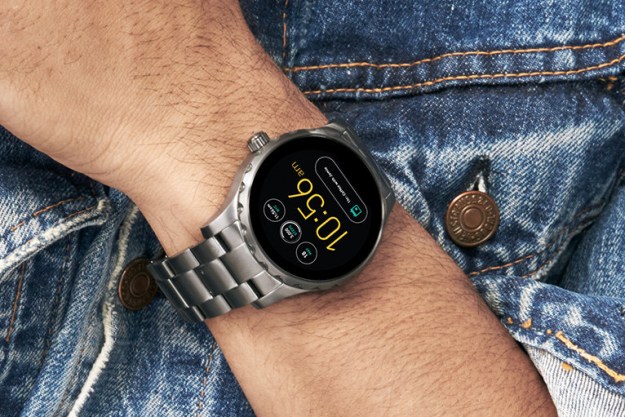
It’s called the Chem-Phys patch, and it doesn’t stop at just measuring lactate. The wearable also has electrocardiogram (EKG) sensors, which combined with the lactate results, extends the patch’s usefulness out of sports tracking, and into medicine. The two data sets could help- physicians identify, prevent, or manage cardiovascular disease.
The sensors are mounted on a flexible sheet of polyester, which is thin enough to be directly worn on the skin, with a water-resistant silicone layer protecting the EKG sensors from sweat, but not the lactate sensor. Using Bluetooth, the data is sent to a smartphone or computer, ready for real-time analysis by a doctor or trainer. Various prototypes have been produced, where scientists worked on finding the correct distance between the sensors to ensure they didn’t interfere with each other.
Our bodies produce lactate when muscles require lots of energy very quickly, and is therefore helpful to measure how we’re coping when exercising very hard, and is also used when people are being kept alive on life support machines, where it’s an important metric for improving chances of recovery. It’s measured through our sweat, but a wearable hasn’t been made that collects the data yet. The Chem-Phys patch may end up being the template for incorporating this into a wearable, wireless device. The team has tested it on three people so far, and has found the EKG is equally as accurate as ones found on fitness bands already.
The Chem-Phys patch is not about to become a product we can buy just yet, but the team says it has already had interest in the device from Olympians, which should help push the product forward. However, the next stage is to add additional sensors for measuring other chemicals produced by the body, potentially making it even more useful.
Editors' Recommendations
- If you can’t stand ads on Instagram, you’re going to hate this update
- A.I. can tell if you’re a good surgeon just by scanning your brain
- Bisu Body Coach can tell if you’re at risk of a gout attack by analyzing urine
- You can buy an electric pickup truck today if you’re willing to downsize
- Future smart clothes promise to keep you the perfect temperature at all times




